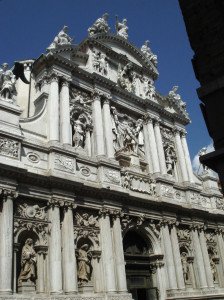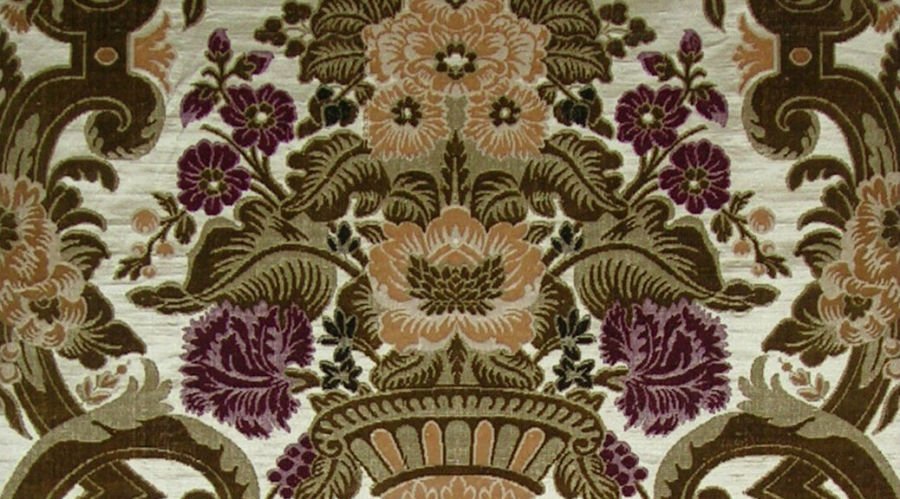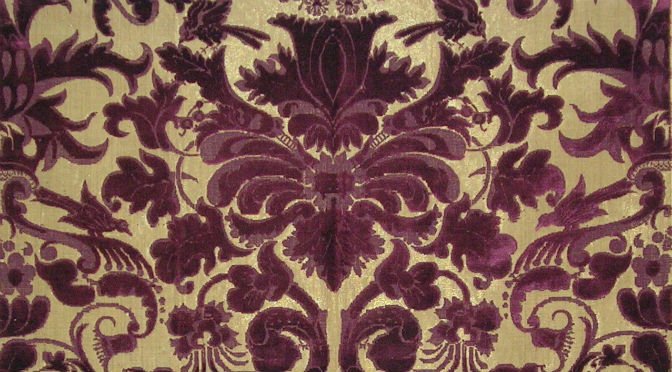This time leave Saint Mark’s Square by another road and take a walk on Campo Santa Maria Zobenigo, because a surprise is waiting for you there.
The story of Santa Maria Zobenigo

Santa Maria Zobenigo’s façade today. Photo: © Giovanni Dall’Orto
And we’re going to start from the church, because this Venetian oddity is rooted in here. Santa Maria Zobenigo was built in the 10th century, but was destroyed by two fires. As was the case with another building just a few steps away from this one, La Fenice Theatre, Venetians rebuilt it in the 17th century, though with one nave and a complimentary façade.
The Republic of Venice didn’t want to hear a thing about encomiastic façades for centuries. In the second half of the 16th century, though, it changed its mind about it, as the first Venetian church with this kind of façade proves, i.e. San Zulian. The nobleman who funded Santa Maria del Giglio’s front was Antonio Barbaro, a General Superintendent in Dalmatia, whose statue now rises above the front door, flanked by Honour and Virtue, and over the statues of his four brothers, Gianmaria, Marino, Francesco and Carlo.
A façade worthy of a noble family, then. As well as its interiors.
Italian velvet tapestry in and out of Santa Maria del Giglio
Next to precious paintings – just to name one, the only painting by Rubens in Venice, the Madonna and child with young Saint John – the church is decorated by two pieces of Italian velvet tapestry bought at Bevilacqua’s in the 1930s. Both of them are soprarizzo velvets and portray a variety of flowers.
The velvet on the pillars of one of the altars has a green, purple and pink pattern on a beige field, with a pot in the middle, holding leaves and roses, daisies, carnations and peonies. The velvet on the 16th-century gilded thrones, on the other hand, shows purple-red birds and flowers on a yellow background.
And what about the famous oddity? Here it is: the church’s belfry was torn down in 1775, because it was slanted and dangerous for the nearby buildings. Some years later, an attempt was made to build it again, though without success: what’s next to the church now is a square structure, queerly lower than the surrounding buildings. Containing one of Bevilacqua’s shops!



